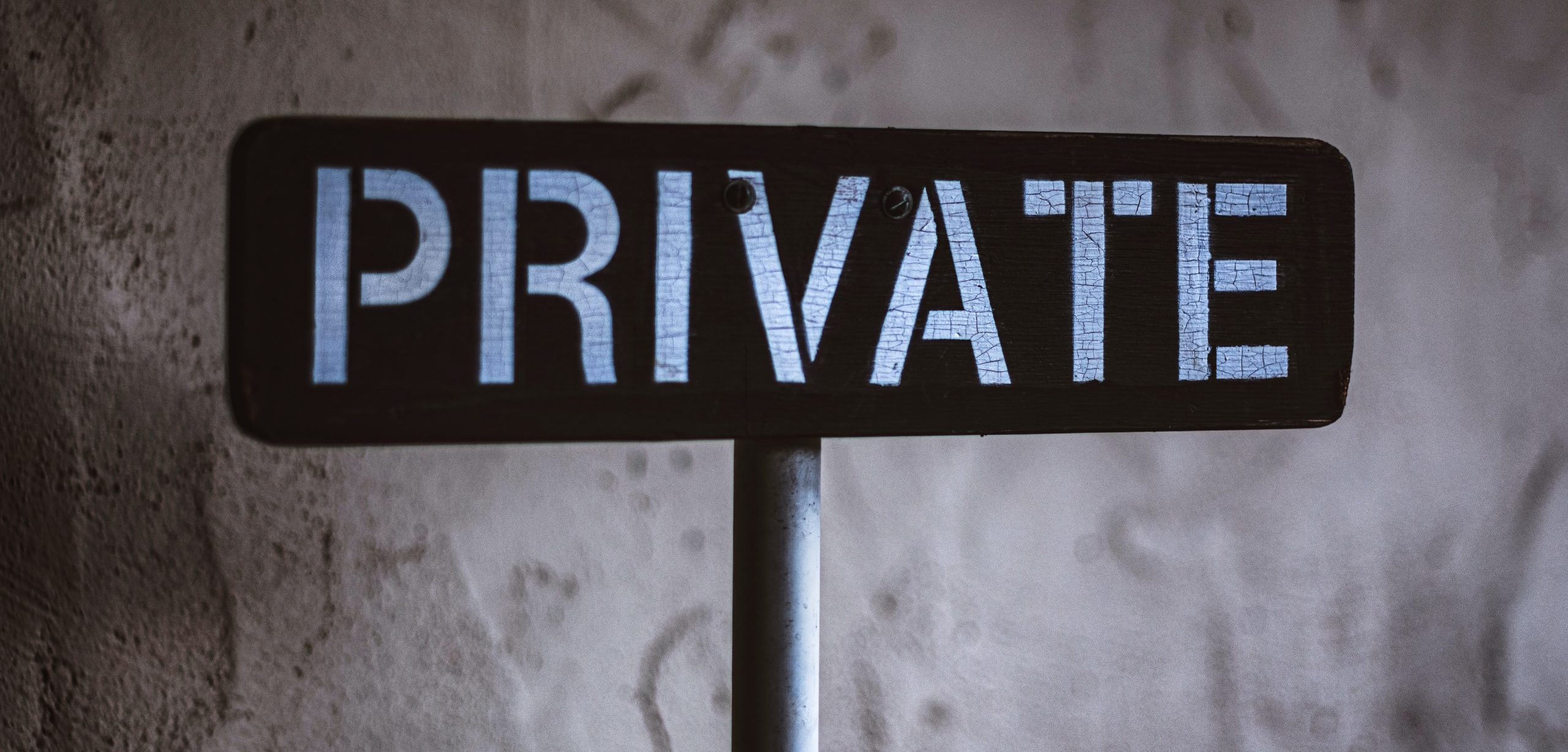The language of IT often includes four-syllable words that seem divorced from everyday understanding. One exception is the friendly acronym PETs, or privacy enabling technologies — tools that help agencies enable, enhance and preserve the privacy of data throughout its lifecycle. When agencies use and transfer sensitive data in digital environments, PETs can help protect this information and ensure that hackers cannot access it.
PETs have been around for 30 to 40 years, said Dr. Ellison Anne Williams, the founder and CEO of Enveil, a firm that provides modern-day PET solutions. Interest in PETs has grown in the last few years for several reasons.
Advancing Breakthroughs
In past decades, PETs were too slow to be useful. They could encrypt sensitive data searches, but the process was “completely impractical for any kind of real-world use case,” said Williams. Over the last six years, there have been dramatic breakthroughs in PET capabilities, and they are now faster and more logical data protection options.
Subsequently, a market has formed around them, thanks primarily to three movements:
- A growing worldwide demand for data privacy
- An increased need to share data electronically
- A more widespread perception that data is an asset
Tech Snapshot: Keeping Encryption Secure
A key to modern PETs is homomorphic encryption. Basically, homomorphic encryption secures data in use by allowing computations to occur in the encrypted or ciphertext domain.
In contrast, traditional practice requires taking that data out of the vault every time it needs to be used or processed — for example, to perform a search or apply analytics. This exposure leaves the data and the operation vulnerable. Homomorphic encryption allows these actions to happen within the vault, according to Enveil, ensuring the interaction and the corresponding results remain protected.
“What does it mean to secure the usage of data? Well, if you think about it, the way that business or governmental organizations will most meaningfully process user data to extract its insights or intelligence is by, under the hood, running some kind of search or analytic,” Williams said. “So when we talk about securing the usage of data, we mean be concerned about the security and privacy posture of that analytic, as it’s being performed.”
This article is an excerpt from GovLoop’s virtual training e-book, “Your Guide for Surviving Disruption With Your Sanity Intact.”





Leave a Reply
You must be logged in to post a comment.